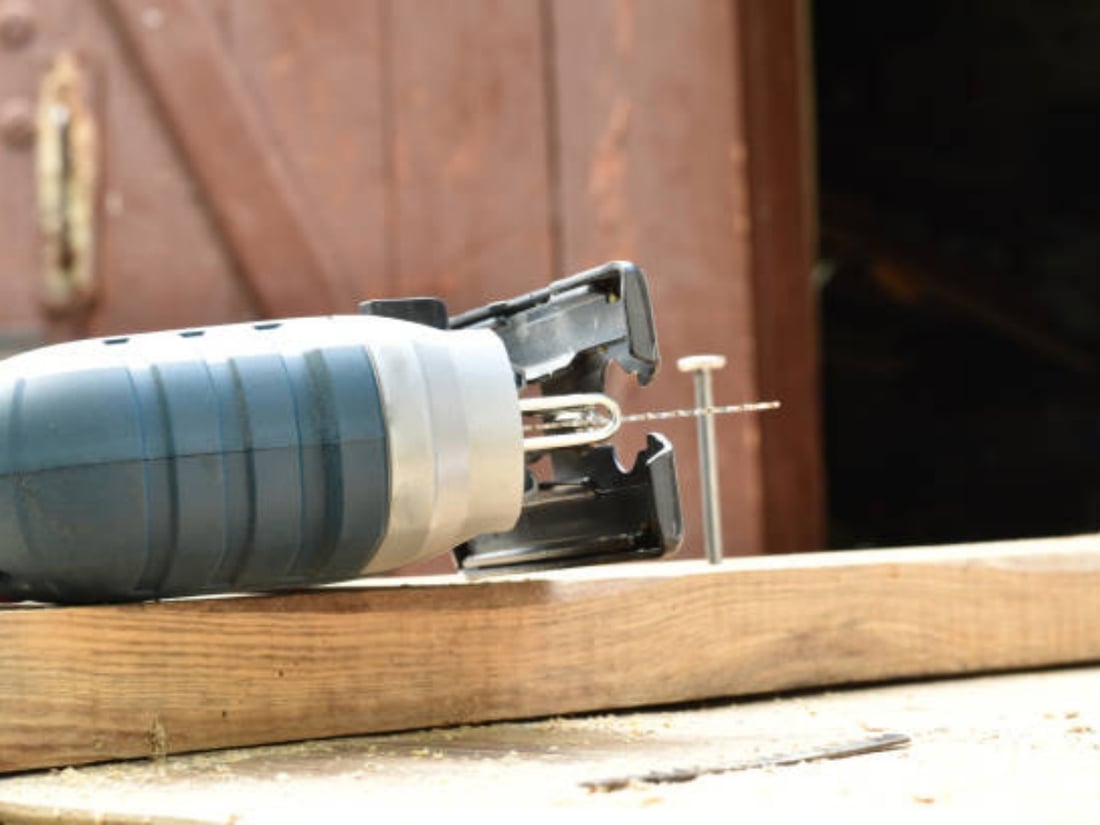Introduction
When it comes to cutting metal, having the right tools at your disposal is essential. One such tool that can make a significant difference in your metal cutting projects is a jig saw. However, to ensure clean and precise cuts, you need to use the appropriate jig saw blades for metal cutting. In this article, we will explore the various aspects of jig saw blades for metal, including their types, materials, teeth per inch, and tips for choosing the best one for your needs.
Types of Jig Saw Blades for Metal
Before diving into the details, it's important to understand that there are different types of jig saw blades designed specifically for cutting metal. Let's take a closer look at each type:
Bi-Metal Blades
Bi-metal blades are the most commonly used blades for cutting metal. They are made from two different types of metals, typically high-speed steel (HSS) and high-carbon steel. This combination provides excellent durability and heat resistance, making them ideal for cutting through various metals such as steel, aluminum, and copper.
High-Speed Steel (HSS) Blades
HSS blades are made from a single type of steel, which is hardened to withstand high heat generated during cutting. These blades are suitable for cutting thin sheets of metal and offer good performance and durability.
Tungsten Carbide Blades
Tungsten carbide blades are known for their exceptional hardness and ability to cut through tough materials like stainless steel and cast iron. They are more expensive compared to other types of blades but offer superior longevity and precision.
Teeth Per Inch (TPI)
The number of teeth per inch (TPI) on a jig saw blade has a significant impact on the cutting performance and the type of material it is best suited for. Here are the common TPI ranges and their recommended applications:
Low TPI Blades (6-10 TPI)
Low TPI blades are suitable for cutting thick metals, such as steel plates or pipes. They provide faster cutting speed but may leave rougher edges.
Medium TPI Blades (10-18 TPI)
Medium TPI blades strike a balance between speed and precision. They are versatile and can be used for cutting various metal thicknesses.
High TPI Blades (18-24 TPI)
High TPI blades are ideal for cutting thin metals and produce clean and precise cuts. They are commonly used for intricate metalwork and fine detailing.
Tips for Choosing the Best Jig Saw Blade for Metal Cutting
Now that you are familiar with the different types of jig saw blades for metal and the importance of TPI, here are some tips to help you choose the best blade for your specific needs:
Consider the Material
Before selecting a jig saw blade, consider the type of metal you will be cutting. Different metals have varying hardness levels, so choosing a blade that matches the material's properties is crucial for achieving optimal results.
Assess the Thickness
The thickness of the metal you are cutting will also influence the choice of blade. Thicker metals typically require lower TPI blades, while thinner metals can be cut with higher TPI blades.
Evaluate the Teeth Configuration
The configuration of the teeth on a jig saw blade can affect its cutting performance. Blades with staggered or wavy teeth tend to reduce friction and prevent clogging, resulting in smoother cuts.
Consider the Blade Length
The length of the blade should be long enough to reach the desired cutting depth without being too long, as it may cause instability during cutting.
Check for Compatibility
Ensure that the jig saw blade you choose is compatible with your specific jig saw model. Different manufacturers may have different blade mounting systems, so it's essential to check compatibility before purchasing.
Conclusion
Investing in the right jig saw blade for metal cutting can significantly enhance your cutting efficiency and help you achieve precise and clean cuts. Consider the type of blade, teeth per inch (TPI), and other factors discussed in this article to make an informed decision. With the right blade at your disposal, you'll be well-equipped to tackle any metal cutting project with ease.


